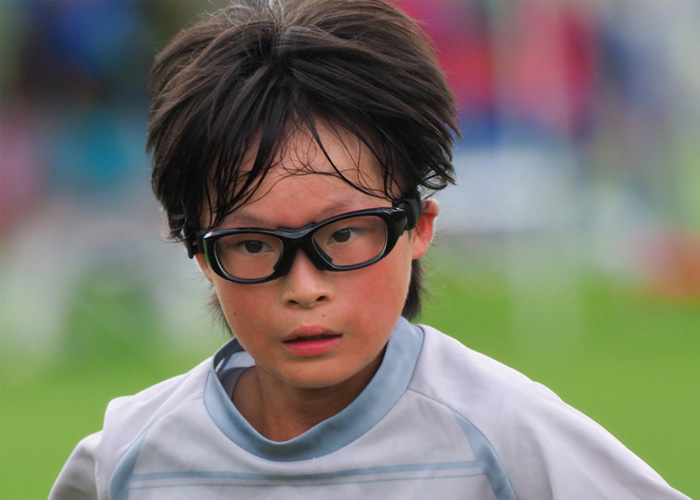New Data from Prevent Blindness Shows More Than 43,300 Sports Eye Injuries Were Treated in 2024, an Alarming 33% Increase Over the Previous Year
Prevent Blindness has once again declared September as Sports Eye Safety Month. New Prevent Blindness data shows that there were 43,379 sports-related eye injuries treated in the United States in 2024, an increase of 33 percent from the previous year.
The new data also shows that basketball had the highest rate of eye injuries. Rounding out the top five sports eye injury categories are projectile/flying toys, soccer, pool and water sports, and exercise/exercise equipment.
To help educate the public on the importance of wearing proper eye protection while playing sports, Prevent Blindness offers free sports eye safety information including a dedicated webpage, fact sheet, and shareable social media graphics. The Prevent Blindness Focus on Eye Health Expert Series episode, “Sports Eye Safety,” with sports vision specialist Keith Smithson, OD, of Northern Virginia Doctors of Optometry, and Sports Vision Pros, is also available.
Prevent Blindness recommends that athletes wear eye guards when participating in sports. Prescription glasses, sunglasses and even occupational safety glasses do not provide adequate protection.
Sports eye guards are protective eye wear that could look like glasses with temples or straps or even shields attached to head gear. Eye guards come in a variety of shapes and sizes. Eye guards should fit securely and comfortably and allow the use of a helmet if necessary.
For sports use, polycarbonate lenses must be used with protectors that meet or exceed the requirements of the current sport-specific ASTM (American Society for Testing and Materials) International, a global standards development organization. Polycarbonate lenses are the most impact resistant. They are thinner and lighter than plastic, shatterproof, and provide UV protection. Most sports have a specific ASTM standard which addresses the specific risks likely to be encountered in that sport.
“Fortunately, most eye injuries can be avoided by wearing the proper eye protection, including while playing sports,” said Jeff Todd, president and CEO at Prevent Blindness. “By taking the proper precautions and consistently wearing sports protection recommended by an eye care professional, we can keep our vision and eyes healthy today and for some years to come.”


